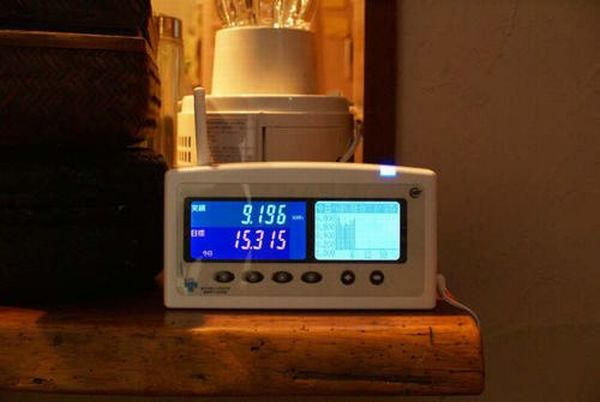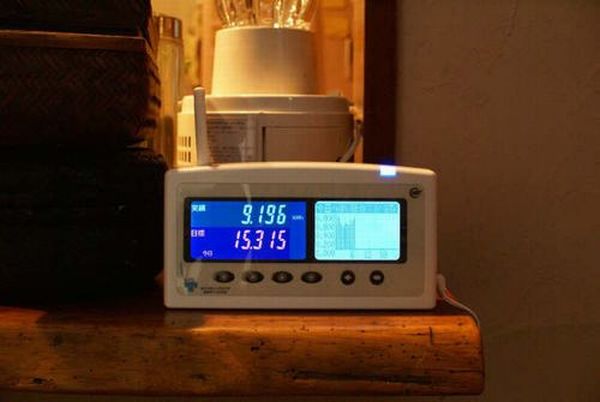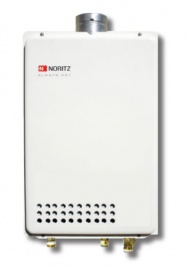
Energy usage has been synonymous with prosperity and standards of living for over a 100 years. The per capita annual energy consumption in the US at 87,000 kWh is over double that of the European union at 40,800 kWh.
This is rationalized with the argument that Americans live in bigger houses, drive bigger cars and over longer distances and that the varied climate over the vast country needs year-round heating in some parts and cooling in others. The numbers both for the US and for Europe are way over the global average of 21,000 kWh per capita. The two most populous countries China and India are actually below the global average. China uses 18,600 kWh per capita and India only 6,300 kWh. Both these countries have fast growth rates and energy usage in these countries is bound to go past the global average in the next few years.
In the past greater energy usage was met by building more power plants, burning coal or oil or natural gas. It is now apparent that this path is no longer sustainable and the world needs to rethink its pattern of energy usage.
Need for change
Our current habits of energy usage are based on the assumption that we can use it if we can afford it. For example, we do not think it necessary to switch off lights from the areas of the home or workplace that we are not using. The bathroom water heater remains on through the day, though our need for hot water may only be for limited periods during the day. We also tend to keep computers and other electronic appliances in the powered-on mode all day even if our usage is only for a few minutes each day.
With the growing awareness that such profligate use of energy is not sustainable, people are looking for aids to help them reduce energy usage. The right place to cultivate energy saving habits is in the home. The present meters installed in our homes for energy billing are not of much help. They only indicate cumulative energy consumption in a month. New devices are available that provide real-time feedback on our energy usage. It is well known that only what can be measured can be controlled. This real-time measurement should help in achieving a more restrained pattern of energy usage.
What’s next?
1. Ewgeco

What’s new?
Ewgeco is a handy meter, 100 X 124 X 24 mm, weighing 260 grams, that shows real-time energy usage in a simple traffic-light type of display. The meter displays not just electricity usage, but also gas and water usage. This is accomplished by micro-transmitters fitted to the different utility meters that transmit data to the Ewgeco. When the meter is first installed on the premises, it collects data in the first week to establish the baseline for energy usage. Thereafter, the meter displays the actual energy usage as a color coded bar. Energy consumption above 80 percent of the baseline is shown in red, with amber and green colors indicating lower usage.
What difference will it make?
The product, launched by the inventor Tanya Ewing in 2007, has been tested in 65 houses in Edinburgh and showed 20 percent saving in gas consumption and 7 percent saving in electricity usage. The Egweco is being used in several small and medium businesses and interestingly in schools, besides individual homes. The usage in schools should help cultivate energy conservation habits in children and that could prove to be of lifelong benefit.
Problems
The need to fit micro-transmitters makes this device dependent on the utilities installing compatible metering equipment. The display color codes perhaps need to be made flexible, since even in the field tests only 7 percent electricity saving has been reported. Perhaps the red bar could be used for consumption exceeding the baseline.
2. Cool conception of energy consumption monitor

What’s new?
This energy consumption monitor is built as an application on the smart phone. Plug Ends, of which several designs are available are plug in devices to measure and transmit energy usage. These plug ends can be installed at the power inlet point to each room in a house and for major appliances like ovens and water heaters. These plug ends communicate with the smartphone via Bluetooth.
What difference will it make?
Building the energy usage display into a smartphone app is a good move compared with a standalone display device. Phones are always accessible to the user and he can quickly check the impact on power usage of various actions like switching on turning off an appliance, until the actions become habitual.
Problems
The plug ends monitor only electricity usage but not gas or water. Also several plug ends are needed. Data communication via the Bluetooth could cause major errors in usage in apartment blocks, for example.
3. Anjo Electricity consumption monitors

What’s new?
The city of Anjo in Japan provided energy consumption monitors to 300 households for a energy usage study project for one year, between December 2008 and November 2009. These energy monitors had three parameters for measurement. One measurement was for the total energy usage in the house, the second for energy usage in air conditioning and the third, depending on the household, either for TV usage or for the refrigerator.
What difference will it make?
This experiment will improve awareness about energy usage in households. For example, the energy saving possible with a higher setting of the thermostat on the air conditioner. In addition, it will help city planners with realistic data on energy usage patterns in city households, in place of depending on assumptions or generic data.
Problems
The provision of such monitors and data collection from them can only be a limited period activity. The fear is that once these monitors are removed, habits will drift back to energy wastage.




